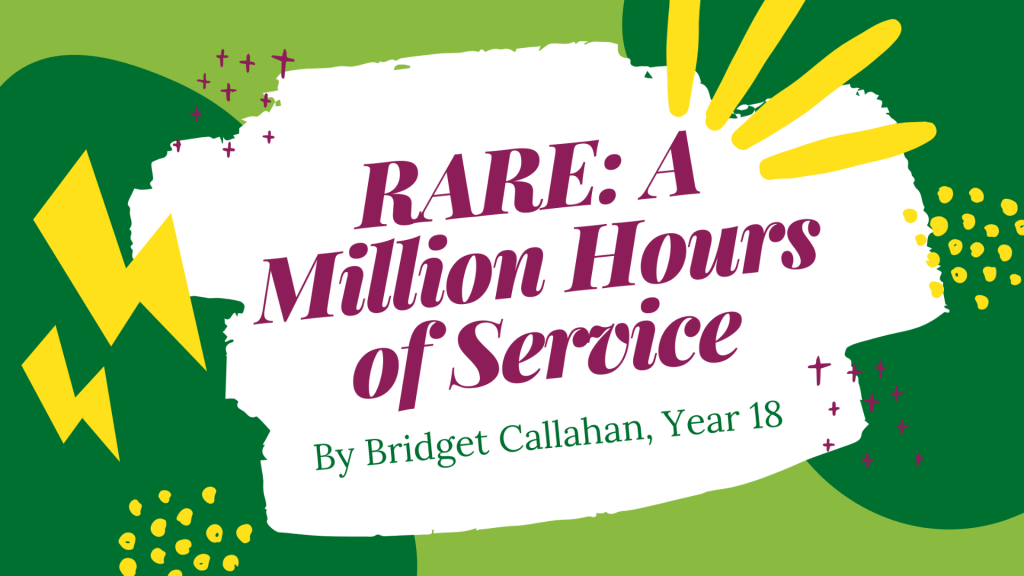This year the RARE program celebrates 27 years of supporting vibrant rural communities across Oregon. Year after year, 25+ members dedicate one and sometimes two years supporting local government, economic development, public health, sustainable food systems, tourism, clean energy, and much more. It begs the question; how do we possibly measure the collective impact? Moreover, what continued impact are those former RARE members making today? By my very unofficial tally, that’s over a million hours of documented service since the inception of the program.
When taken alone, my year of service felt significant but prescriptive in scope. I supported a nonprofit based in La Grande, Oregon in 2011-2012, and was tasked with community clean energy development. (I freely admit I typed “Solar PV” into Google before my interview, which meant I was learning on the job. Quickly.) Harnessing the power of our local Energy Committee, a bit of luck, and lots of hard work, we accomplished a great deal together. One memorable project was designing and implementing a “Solarize” campaign, a bulk purchase model that aims to overcome the cost and complexity of solar adoption. We trained local workers to install panels manufactured in Oregon for dozens of homes in Union County. We established a revolving loan fund with a local credit union to ease upfront costs. And then we institutionalized these components so the program could continue without heavy administration. In nothing short of serendipitous, this opportunity propelled me to a “full circle” moment with the RARE program that I enjoy today.
I’ve had the honor of spending my professional (and volunteer) hours continuing the mission of advancing a clean energy transition in the Pacific Northwest. And like many, my relationship with the RARE program has continued to deepen even after I hung up my fleece RARE vest. Working for the last five years with the non-profit Sustainable Northwest, I deploy clean energy solutions for rural communities. One of the most rewarding elements has been to mentor and collaborate with the energy-focused (and energy-curious) RARE members. I draw on learnings from my year to support dozens of innovative models like “solarize,” oftentimes working directly with current RARE members on specific projects. More broadly, I convene monthly calls with subject experts and current RARE’s working or interested in energy.
After assuming this role the last several years, it dawned on me that there are now 500+ current and former RARE’s, many of which are continuing mission and community-driven work to this day. I am utterly astounded how many former RARE members I uncover within the community development space. Many of the energy-focused RARE’s I previously supported now work with me as project partners in their new capacity. I cannot underscore how connected we still are. Is it because Oregon is infectious and clean energy is mesmerizing? Perhaps. But I attribute that to the DNA that binds us, a shared understanding that service is not just an 11-month commitment but rather a lifetime. So where are we today?
I relish the notion of leveraging this vast and growing network, knowing the dedication that binds us and the impact we continue to make. A million hours of documented service, but exponential impact when accounting for the lifelong careers we pursue. What does this mean moving forward? Perhaps a RARE vest-themed party when we may gather again. But more importantly, a rich and valuable network lies at our fingertips. I applaud Titus Tomlinson and the great team around him as the Alumni Network takes form, and encourage others to get involved (Please contact rarealum@uoregon.edu for information.) I also see value in forming a closer network with those who continue to work in the energy space. It’s tough to leave, trust me. So I’d like to conclude with an invitation to reach out if you’d like to join our energy cohort and explore the exponential impact we have when we make them together.
With thanks,
Bridget Callahan, Year 18
birdallahan@gmail.com
Bcallahan@sustainablenorthwest.org
